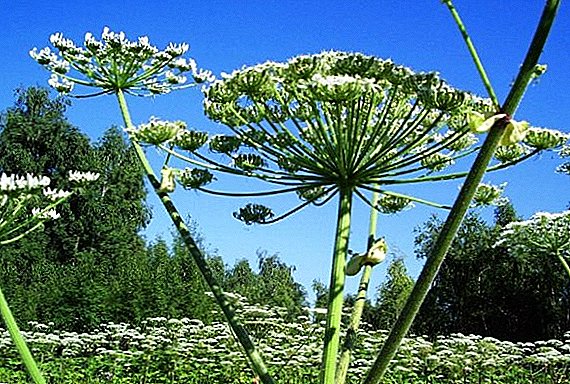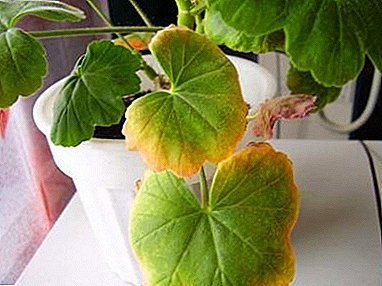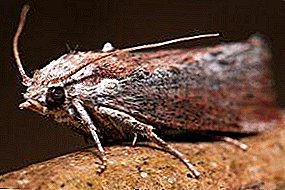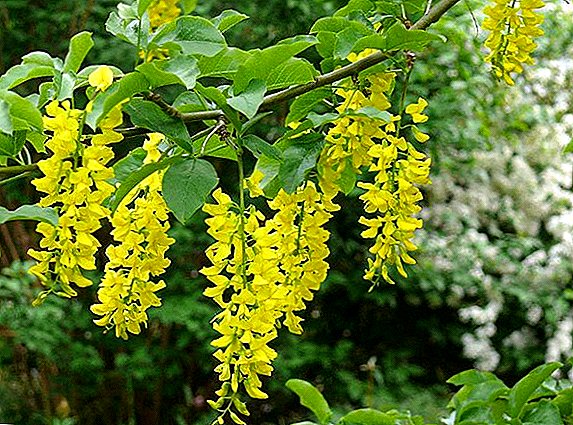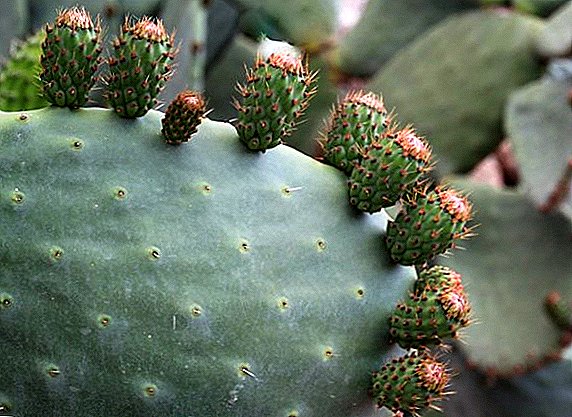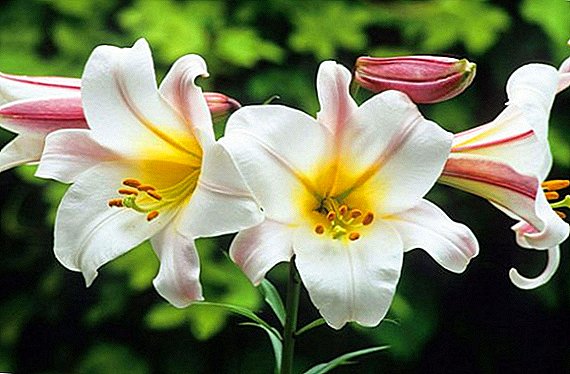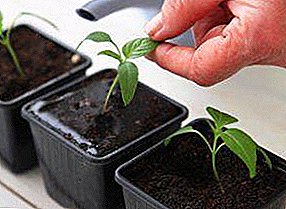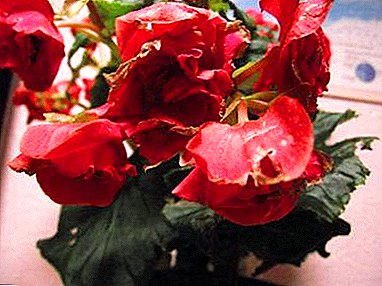
Begonia is one of the most beautiful flowers that pleasantly surprise and delight lovers of flora. You can grow this plant in an apartment, a garden, because there are so many species of it. Often this flower is called a bear or elephant's ear because of its shape.
Like many other plants, begonia requires special attention and proper approach. Not all growers are able to solve problems when growing plants. It can curl, wither or dry.
You just need to figure out what the cause of such problems, as well as how you can save the plant.
Features flower growth
The plant, despite its graceful and delicate appearance, does not place too high demands on the conditions of detention. Of course, it is worth adhering to certain rules to make begonia feel healthy.
- Lighting. This plant prefers to be in the sun, only the light must be diffused. If you keep the begonia in the shade, then the stalks from sunburn will begin to stretch.
- Temperature. It is necessary to constantly maintain the temperature in the room within reasonable limits of 20-25º. In winter, these figures drop to 18-23º.
- Humidity. Begonia needs enough water. If you regularly water the plant, then no problems will appear.
- The soil. In order to plant begonia, you must prepare a medium-sized pot. Flower growers recommend nevertheless to pay more attention to the choice of soil for planting. Often used:
- 1 h. Perlite;
- on 1 h. sphagnum and peat;
- 1 h. Fertile soil.
The soil should be well moistened a few days before landing.
Causes of decay
 There are several reasons why withering leaves wither, growing in a pot or in an open ground, but conditionally they are divided into those related to indoor and garden species.
There are several reasons why withering leaves wither, growing in a pot or in an open ground, but conditionally they are divided into those related to indoor and garden species.
- Room begonia can get into the wrong environment to which she was accustomed. In the spring, they begin to open windows, so a draft is formed in the apartment, and the plant does not like this. It is worth noting that begonia loves sunlight, but if you put it on the balcony, you can achieve the opposite result.
- If the plant starts to wither in winter, this may indicate a lack of moisture. The air in the apartment often turns out to be dry, so begonia suffers, and the leaves wilt quite rapidly.
- It is not always enough trace elements that support the soil and the plant itself in a positive state. A lack of fertilizer can lead not only to wilt, but also to the death of the flower.
- Garden begonia suffers from a lack of soil irrigation, as well as dry, hot weather. The roots love moisture, so you need to constantly monitor it.
It should be noted that diseases can cause a sharp wilting of a plant. The most common include:
- Gray rot. Spots appear on the leaves, and the stem becomes slippery and soft. The cause of this disease is excessive soil moisture.
- Mealy dew. The plant suffers from white bloom that appears on the leaves. If nothing is done, the plaque will spread and the plant is likely to die.
- Ring spots. On the leaves appear yellow spots or stripes that grow rapidly. The cause of this disease is a tomato virus, which is transmitted by insects. It is necessary to monitor the pests, but if they have already appeared, then it is better to throw away the flower. In this case, it cannot be treated.
- Bacterial spotting. Brown spots appear on the leaves, buds and stems. In the case when the disease has already appeared, it is better to get rid of the plant, so as not to infect other flowers.
There are types of begonias that bloom only in a certain period, so they need rest. The plant will begin to wilt, if you miss that moment of hibernation. You just need to cut all the leaves, stems and flowers.
How to save the plant?
For, To prevent wilting of a plant, it is necessary to adhere to the elementary rules:
- a place for begonias must be sunny and bright;
- pots should be placed a little at a distance from each other;
- It is necessary to spray the plant, but in such a way that water does not fall on the leaves and buds;
- the soil should be wet but not wet;
- you need to constantly inspect the begonia for the presence of pests and diseases.
About why begonias can turn yellow and dry leaves, we tell in this material, and about what to do if the flower leaves have dried on the edges and flowers, or else the whole plant withered, read here.
Begonia needs to be constantly fertilized, but you should choose such mineral elements that will not harm the root system. If the plant does not bloom in winter, then it should not be fertilized in the fall. It is necessary to monitor whether it is worth replanting begonia. The root system in some species is developing rapidly enough, so you need to pick up large pots.



